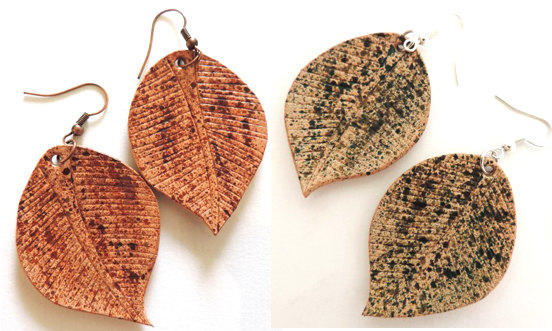A special order received by Atelierul de istorie consists of an entirely handmade leather flag inspired by the ancient Dacian civilization. The project is a complex one, with several working stages and materials involved. The central element is a piece of veg tan leather, tooled with the ancient Dacian war standard, the Draco, hand-dyed in contrasting colors The background is made of brown, predyed leather, with the letters for "Dacii liberi " (the Free Dacians") perforated and sewn with silk thread, as it is more resistant. The flag is meant to be attached to an inverted L-shaped support.
Size: ca. 50 x 40 cm
Read more in Romanian HERE.
 |
| Silk thread sewing on leather |
 |
| work in progress handmade leather flag |
 |
| Freshly dyed veg tan tooled leather |











































